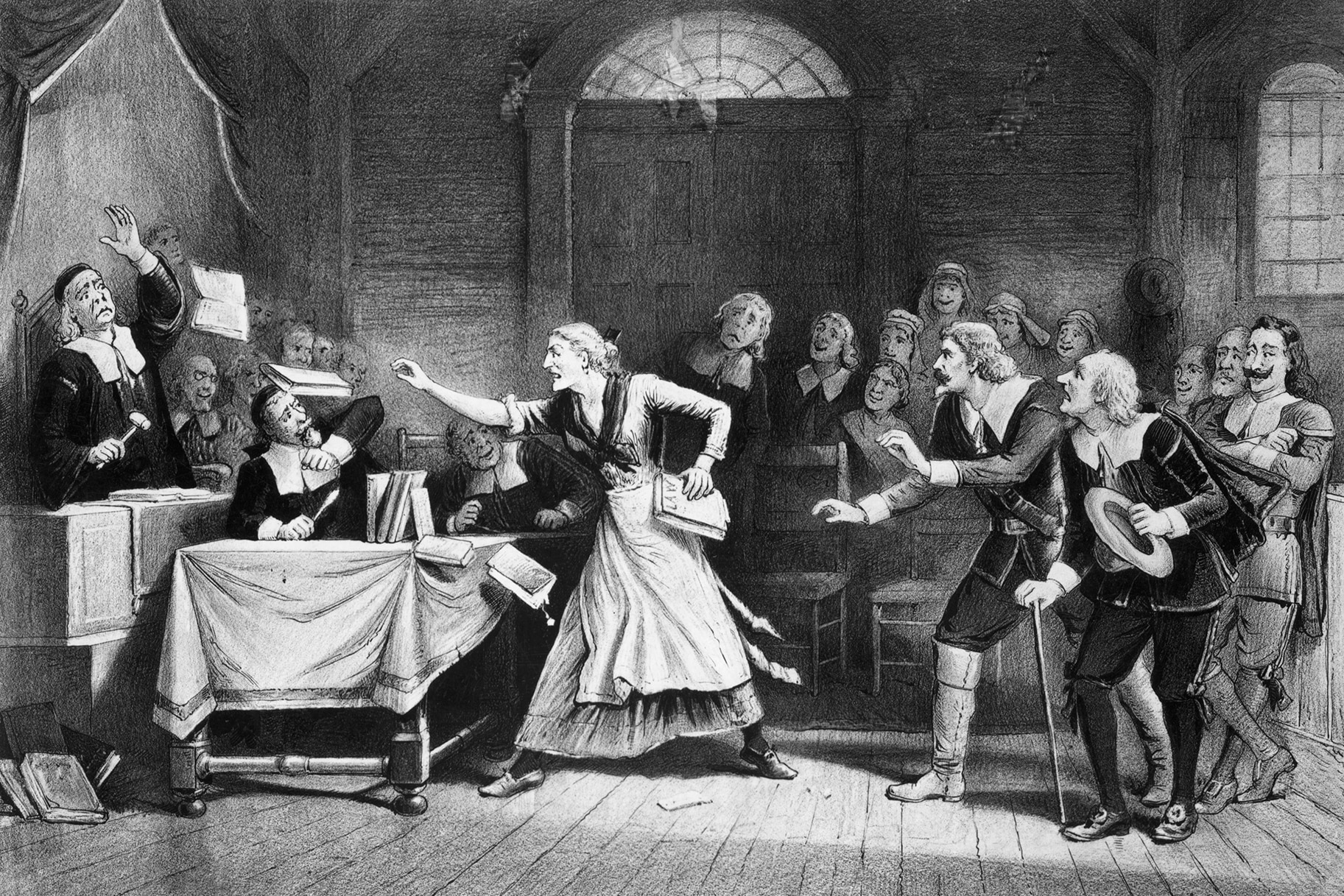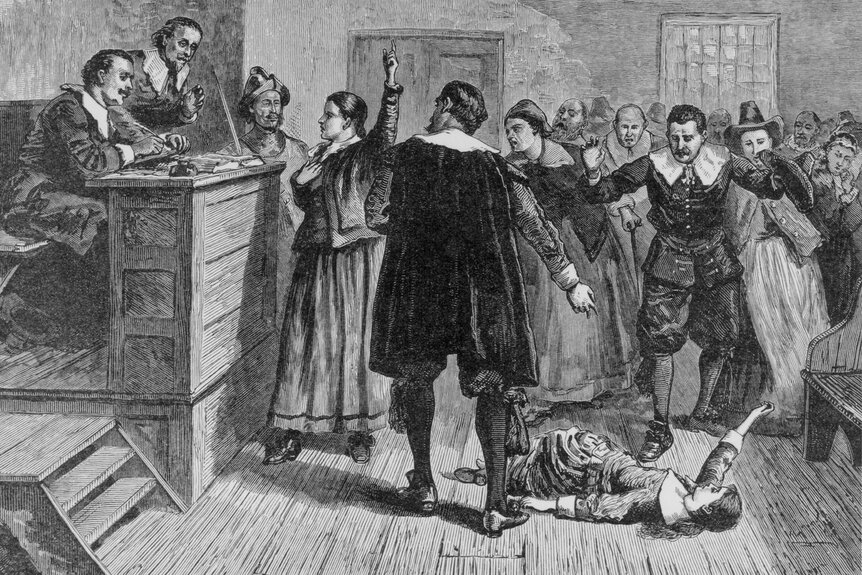Create a free profile to get unlimited access to exclusive videos, breaking news, sweepstakes, and more!
Woman Convicted In Massachusetts' Salem Witch Trials Finally Exonerated After 329 Years
Elizabeth Johnson Jr. was convicted of witchcraft at the Salem-era witch trials in 1693, but her sentence was thrown out. A class of grade eight students helped get her a pardon this year, making her the final victim to be so acknowledged.

The last-known Massachusetts woman to still be legally classified a witch has been pardoned, more than 329 years after she was wrongfully convicted of witchcraft and sentenced to death, according to reports.
Elizabeth Johnson Jr. was 22 when she was accused of witchcraft at the height of the Salem witch trials in 1693, Courthouse News reported. On Thursday, Johnson was officially exonerated (as part of a $53-billion state budget bill signed by Gov. Charlie Baker).
Johnson may have been accused of sorcery because of a developmental disability — her grandfather referred to her as "simplish at the best" — or the fact that she never married or had children, according to The New York Times; all were factors that sometimes led to women being suspected of witchcraft in colonial New England.
Johnson confessed to practicing witchcraft in nearby Andover, Massachusetts in August 1692 and was tried, convicted and sentenced to be hanged in January 1693. She was ultimately granted a reprieve by the state’s then-Gov. William Phips, along with several others (including members of her family) after the scope of the harm of the trials and the so-called "spectral evidence" used in the convictions became clear in February 1693.
For more than 300 years, however, her conviction was never officially struck down despite her own petition in 1711 as well as dozens of witchcraft suspects — including Johnson’s own mother — being formally exonerated through various legislative efforts over the centuries.
In 1957, Arthur Miller’s play, “The Crucible,” which shone a light on the notorious Salem witch trials, led to renewed legislative efforts in the state to pardon those wrongfully accused of witchcraft. Johnson’s name, however, was never included by lawmakers in their attempts to exonerate those accused of witchcraft.
Johnson’s pardon this month was ultimately fueled by a three-year lobbying effort by a North Andover civics teacher and her eighth grade class, which petitioned the state to grant Johnson clemency.
“I’m excited and relieved,” Carrie LaPierre, the North Andover Middle School teacher who led the class project, told the New York Times. “It’s been such a huge project. We called her E.J.J., all the kids and I. She just became one of our world, in a sense.”
In 2021, LaPierre’s class, wrote state Sen. Diana DiZoglio — a Democrat whose district includes North Andover — and convinced her to join their crusade to clear Johnson’s name.
“These students have set an incredible example of the power of advocacy and speaking up for others who don’t have a voice,” DiZoglio said, per the New York Times.
Johnson is believed to have died in 1747 at the age of 77 and is thought to be buried in an unmarked grave in North Andover. She is the subject of a forthcoming documentary by filmmaker Annika Hylmö entitled “The Last Witch,” which also delves into LaPierre’s eighth grade civics project to clear the wrongfully accused woman’s name.
The Salem Witch trials, which opened in 1692 and ended the following year, led to the deaths of 25 men and women accused of witchcraft, according to the Library of Congress. A total of 19 people were hanged, five died in jail and one man was crushed to death with rocks.
In 2017 — the 325th anniversary of the first witch trial executions — Salem opened a memorial to the victims at Proctor’s Ledge, where the 19 innocents were hanged.























